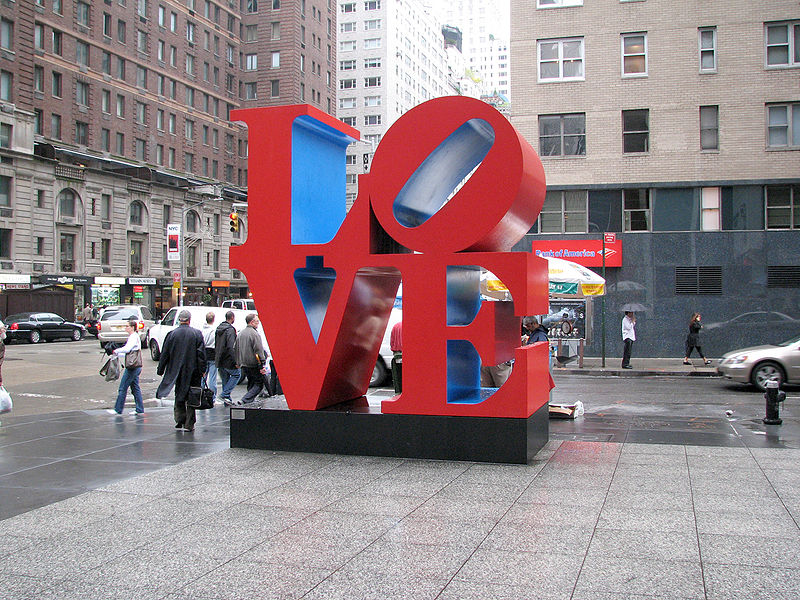Baroque
In the Baroque period (1600-1790), artists continued religious and secular themes in portraits, paintings, busts, church ceilings, churches, sculptures, and other works. Realism abounds in Baroque figures, combining realism with spectacle and fierce independence. Great artists included Peter Paul Rubens (1577-1640), his assistant, Anthony van Dyck (1599-1641), Nicolas Poussin (1594-1665), Rembrandt van Rijn (1606-1669), and Simon Vouet (1590-1649).
The Baroque period offers deep perceptual experiences through vivid realism and symbolism. From Bernini’s diagonals to the soaring churches of Europe and the New World, Baroque challenges the idea that this period is best described as Early Modern. Characteristics:
-attention to exact, naturalistic details
-spatial values: deep space, trompe l’oeil (fools the eye), shallow theatrical space (ojects pushed into the viewer’s space
-integration of architecture, sculpture and painting
-stories happen in the space and time of the viewer
-more attention to light – one harsh source of light, with significant lights/darks = tenebrism, where the gray tones are taken out
-little to no iconography
One artist in the baroque era that portrayed these traits in his work was Gian Lorenzo Bernini.
With his sculpture David (marbel) , he portrayed a biblical event.
Johannas Vermeer , Girl with a Pearl Earring
Rococo
In the rococo era, (1700-1760), art was mostly free floating. It projected a happy feel , because the art was not based upon biblical scenes like the baroque era was. Rococo is seen both as the climax and fall of Baroque art. After the heavy works created in the Baroque style artists were ready for a change. The Rococo manner was a reaction against the"grand manner" of art identified with the baroque formality and rigidity of court life. Rococo art portrayed a world of artificiality, make-believe, and game-playing. Although less formal, it was essentially an art of the aristocracy and emphasized what seem now to have been the unreflective and indulgent lifestyles of the aristocracy rather than piety, morality, self-discipline, reason, and heroism (all of which can be found in the baroque).
Jean-Honore Fragonard , A Stolen Kiss

Jean- Honore Fragnard,
The Swing
 mary heilman
mary heilman  Leigh Dyer- Metal sculpture
Leigh Dyer- Metal sculpture Robert Indiana
Robert Indiana Jean- Honore Fragnard, The Swing
Jean- Honore Fragnard, The Swing